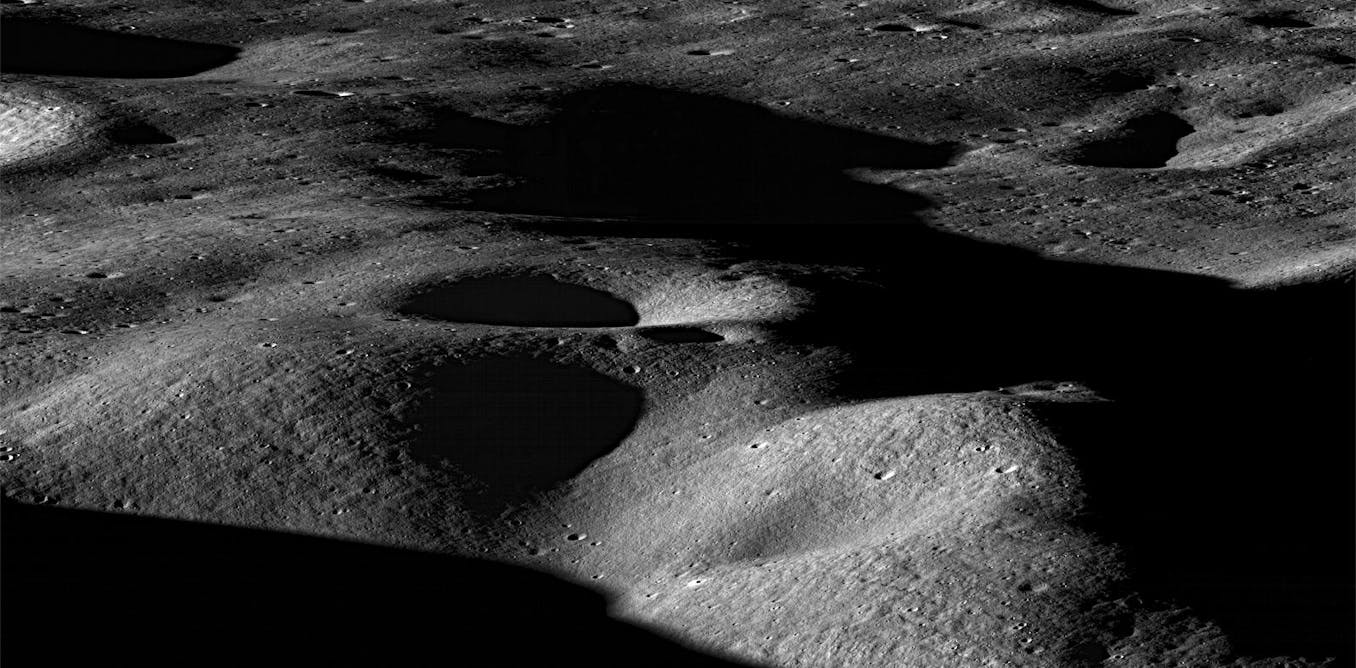Author: Martina Elia Vitoloni | DCL Candidate Air and Space Law, McGill University
Celestial bodies like the moon contain valuable resources, such as lunar regolith — also known as moon dust — and helium-3. These resources could serve a range of applications, including making rocket propellant and generating energy to sustaining long missions, bringing benefits in space and on Earth.
The first objective on this journey is being able to collect lunar regolith. One company taking up this challenge is ispace, a Japanese space exploration company ispace that signed a contract with NASA in 2020 for the collection and transfer of ownership of lunar regolith.
The company recently attempted to land its RESILIENCE lunar lander, but the mission was ultimately unsuccessful. Still, this endeavour marked a significant move toward the commercialization of space resources.
These circumstances give rise to a fundamental question: what are the legal rules governing the exploitation of space resources? The answer is both simple and complex, as there is a mix of international agreements and evolving regulations to consider.
The article has a breakdown of the laws and further context



Most of these costs are in terms of energy, one of the most plentiful things in space. Also, if we do things right (a huge if, I know), the bigger idea is to bootstrap it by sending enough tools to make the tools you need to extract and refine resources. This doesn’t require a von Neumann machine since we can control them, either directly or remotely. Also, if we are going to extract resources in space, a lot of infrastructure will need to be built first, which is cheaper if we use resources that are already in space. And as the saying goes, the surface of the moon is halfway to anywhere in the solar system.